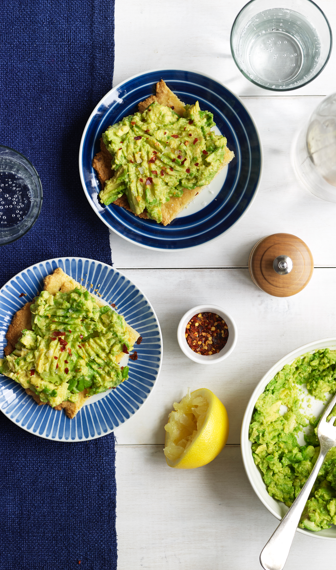It may take some time to fine-tune your Critical Carbohydrate Levels for Losing and Maintaining.
Slowing weight loss while still preserving the forward momentum of Pre-Maintenance does not always happen smoothly. If, after an incremental increase, you find that you are gaining or are not losing and you are not yet at your goal weight, you need to back down to the previous level. The line between gaining, maintaining and losing is a thin one and you may have to play with your Critical Carbohydrate Level for Losing (CCLL) and Atkins Carbohydrate Equilibrium (ACE) for a while to understand what your body can handle.
While it may take as long as three months to drop the last few pounds and clearly establish your ACE, this leisurely pace is critical to your ultimate success. Continue to add new foods slowly and carefully so you’ll be learning good eating habits at the same time. For example, you’ll discover whether your metabolism can handle whole-grain bread, legumes, starchy vegetables and other potential trouble foods. (People with extremely low carb tolerance—meaning high metabolic resistance—won’t be able to add many new foods and will find Pre-Maintenance similar to Ongoing Weight Loss or even Induction.)
Some Variations on the Rule
Rather than add carbohydrate foods in increments of 10 grams each week, another approach to Pre-Maintenance is to continue eating as you were at the end of OWL and to allow yourself a 20 gram carb treat two or three times a week. Add a piece of fruit or a starchy vegetable—a serving of brown rice or sweet potatoes, for example. You can also have a glass of white wine, a light beer or the white spirits. You could get more adventurous with some of the excellent controlled carbohydrate convenience foods that are increasingly available. Or, if your metabolic resistance is at the low end, you may be able to enjoy such treats more frequently.
Still another way to do Pre-Maintenance is to average out your carb intake for the week. This is how it works: If, for example, your CCLL is 80 grams, you might drop back to 60 grams on Tuesday, then deviate with a beef, potato and carrot stew the following night, pushing your daily total to 100 grams. (Up until now, when weight loss was essential, it was important to spread your carbs out through the day. If you do have a heavy dose at one meal, make sure there is enough fat, protein and fiber in the rest of the meal to slow the glucose load on your system.) However, if you find such deviations create cravings, it is probably best for you to stick to a steady number of carbs spread evenly throughout the day.
But be careful. There are a couple of reasons why people sometimes get into trouble:
They don’t recognize that this phase is still relatively restrictive of carbohydrates, compared to the way they were eating before they were following the Atkins Nutritional Approach™.
They’re startled to discover that without the wonderful advantage of deep lipolysis, appetite suppression has diminished.
These reasons point out exactly why Pre-Maintenance is so important. This is the phase during which you acclimate to the carbohydrate moderation you’ll need to practice for the rest of your life. Not only are you losing less weight and doing so at a slower rate, you are burning less of your body fat. Thus, the natural appetite suppression provided by lipolysis is reduced considerably. But as long as you are not skipping meals and are continuing to lose weight, you are controlling your blood sugar and burning fat, so your appetite should not be out of control. If you do experience problems with renewed cravings, you have gone too far and you need to go back a few notches. By the time you finally reach your goal weight, you are by definition officially in phase four, Lifetime Maintenance. As you move into this next phase of Atkins, you absolutely must ease into your Lifetime Maintenance regimen, rather than make an abrupt transition. See The Crucial Phase of Pre-Maintenance.

